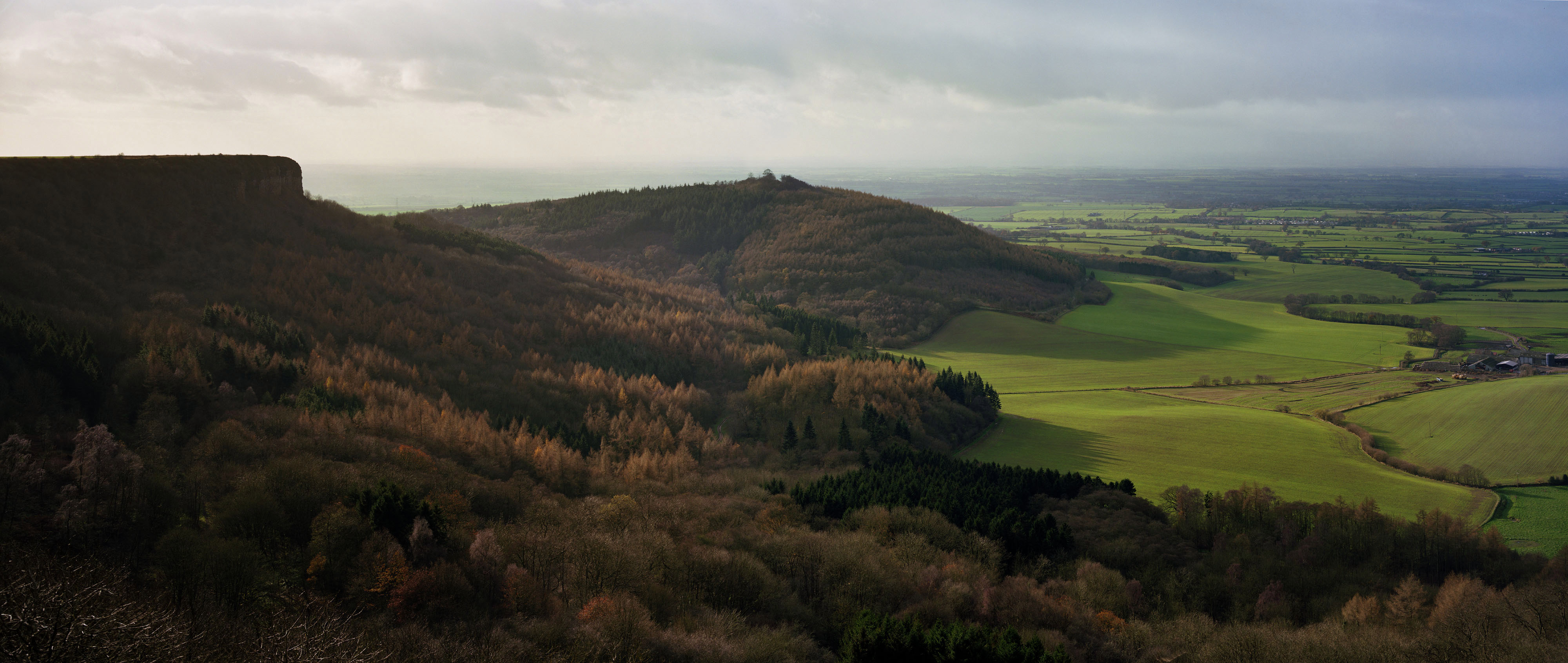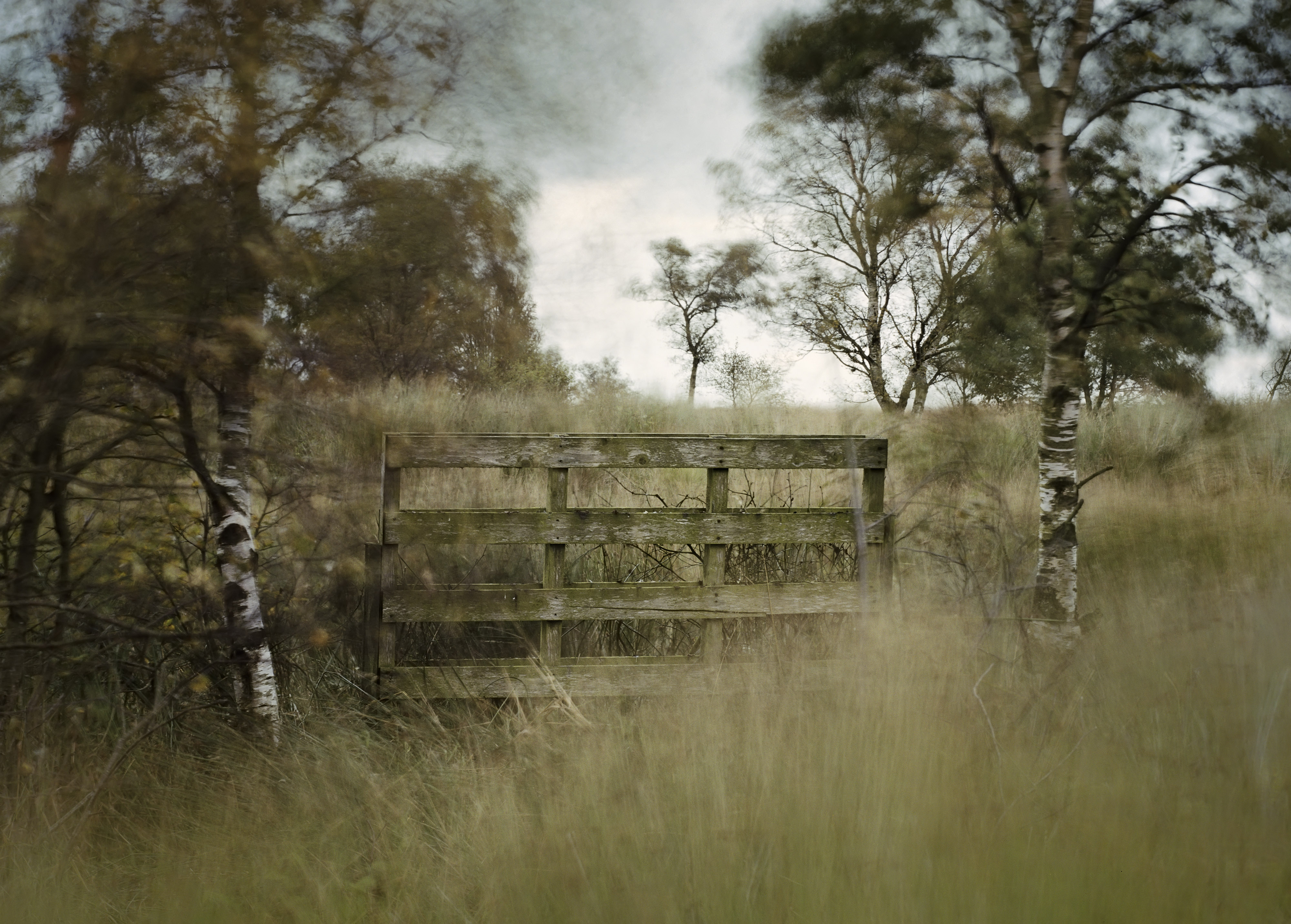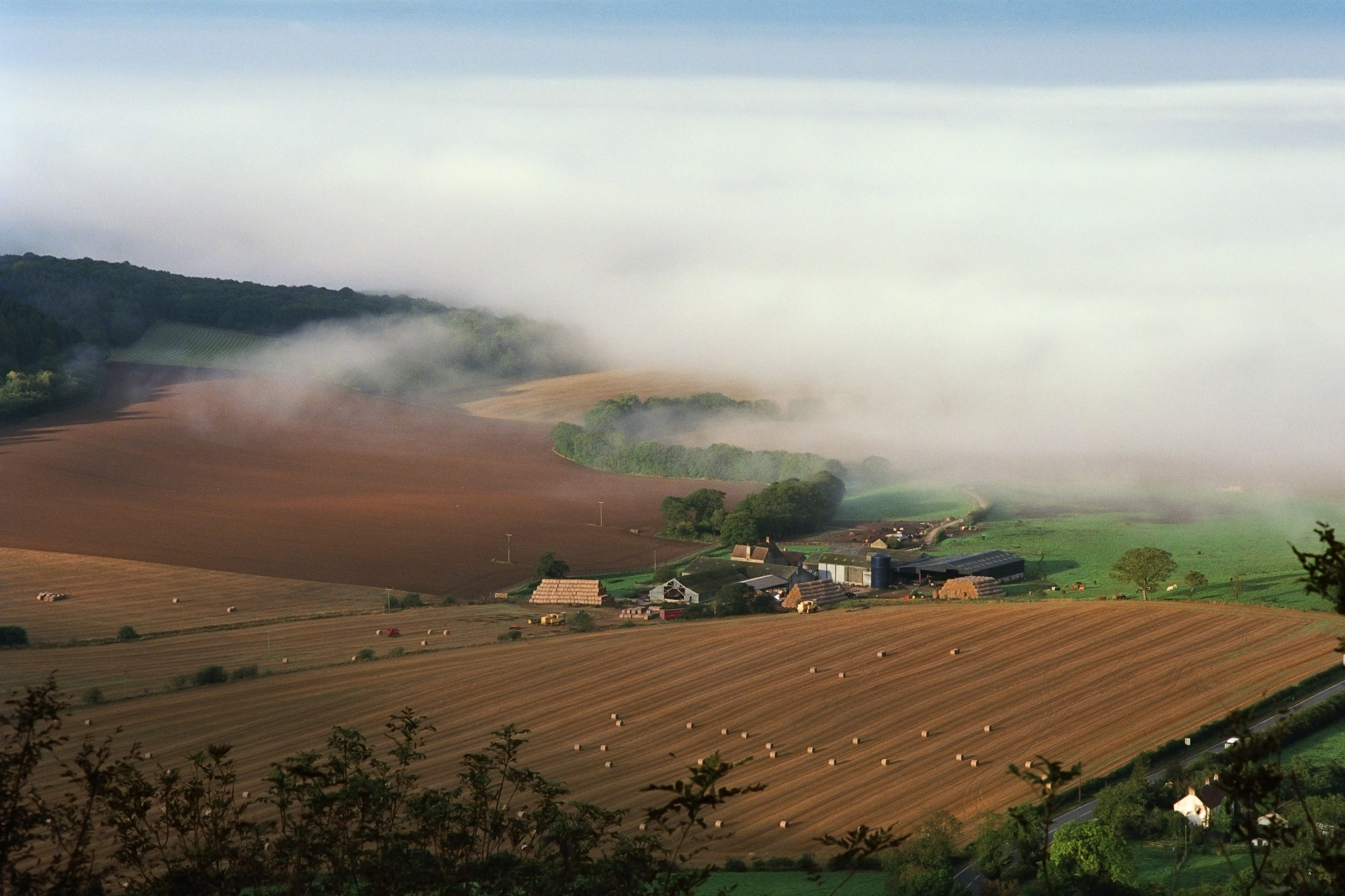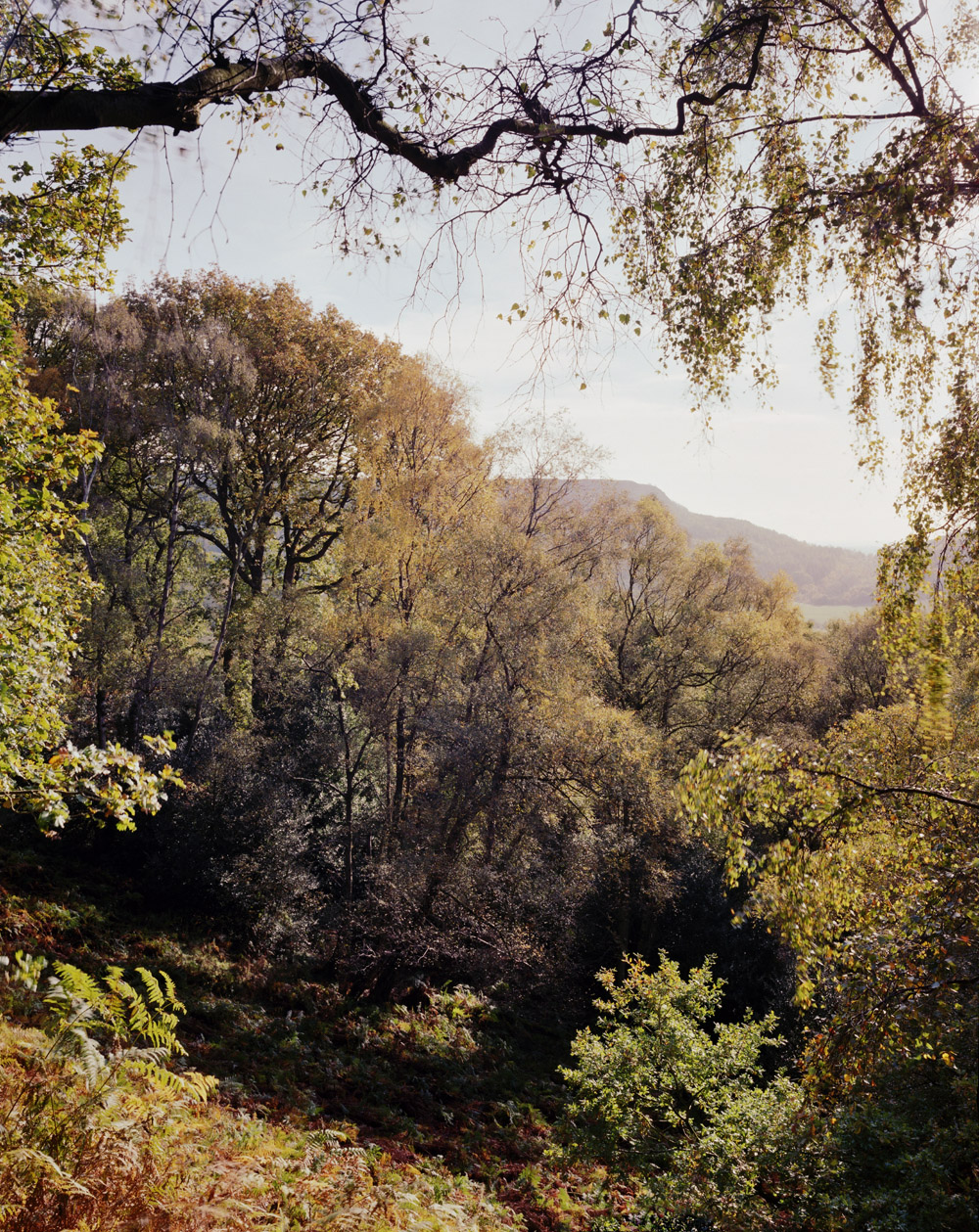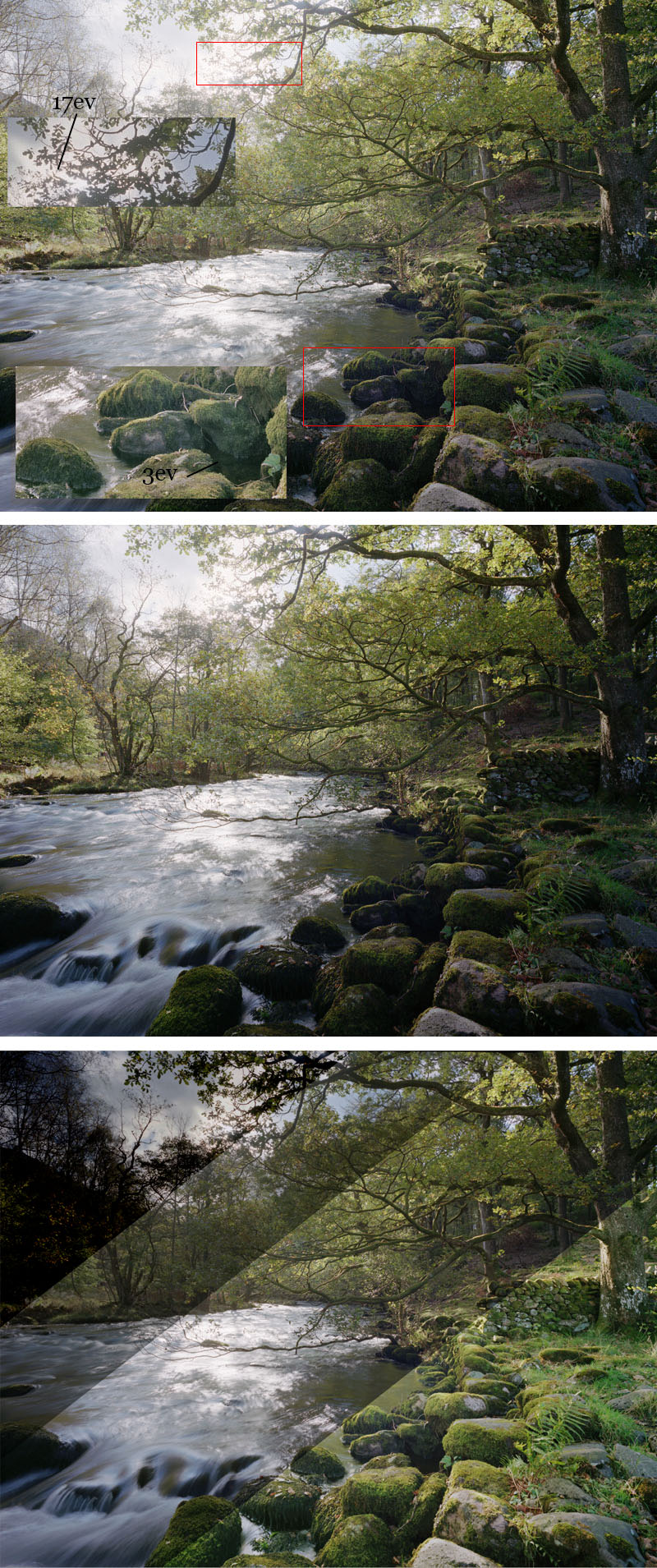Craig Stocks
Well-known member
The only thing I sort of miss about film is burning and dodging. Of couse, I can do a much more precise job of it in Photoshop, but I liked the tactile sensation of making shadows and highlights with my hands.
For me, digital has the same appeal as woodworking with power tools. Some people like the hand-hewn look and feel of handmade furniture. Some woodworkers like the experience of working with hand tools and the more organic results they produce. I prefer the precision of power tools. Digital photography gives me that sort of precision in my photography.
Of course, making furniture by hand doesn't necessarily guarantee an attractive finished piece, just as shooting with film doesn't produce a more pleasing composition. A successful photo needs an interesting subject, and attractive composition and a technically sound result. The choice of medium (film or digital) only potentially affects the technical soundness of the result, and success with either medium ultimately depends on your mastery of the medium and not the medium itself.
Just my opinion - yours may be different.
For me, digital has the same appeal as woodworking with power tools. Some people like the hand-hewn look and feel of handmade furniture. Some woodworkers like the experience of working with hand tools and the more organic results they produce. I prefer the precision of power tools. Digital photography gives me that sort of precision in my photography.
Of course, making furniture by hand doesn't necessarily guarantee an attractive finished piece, just as shooting with film doesn't produce a more pleasing composition. A successful photo needs an interesting subject, and attractive composition and a technically sound result. The choice of medium (film or digital) only potentially affects the technical soundness of the result, and success with either medium ultimately depends on your mastery of the medium and not the medium itself.
Just my opinion - yours may be different.

